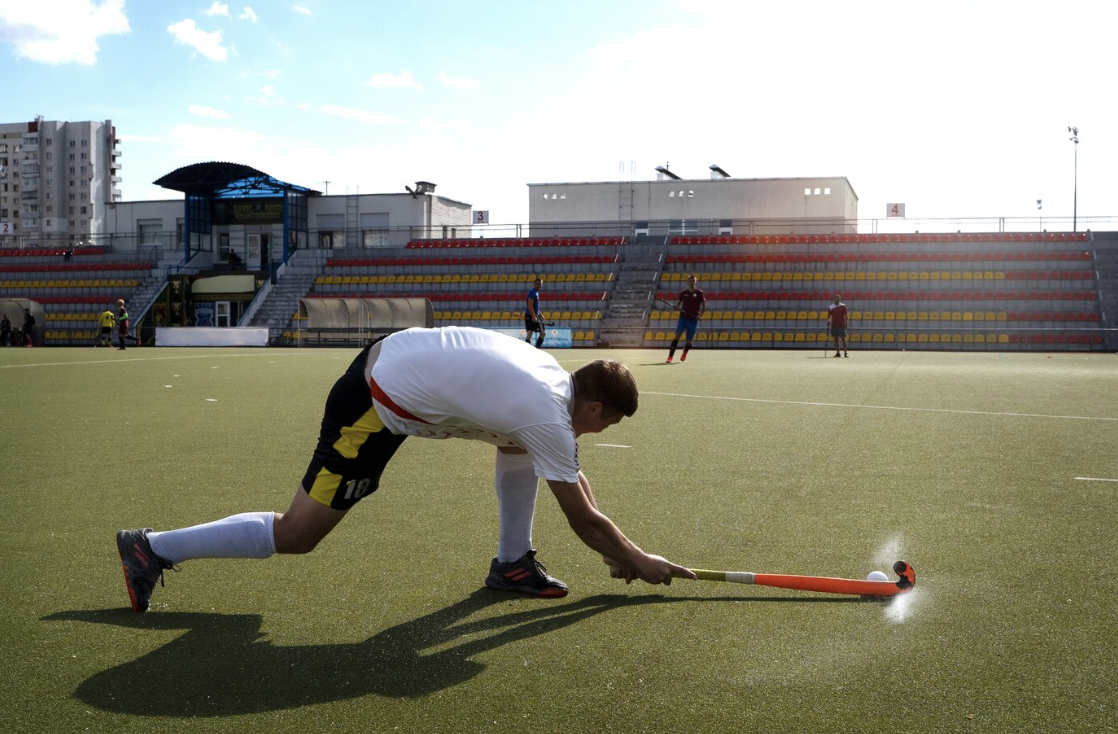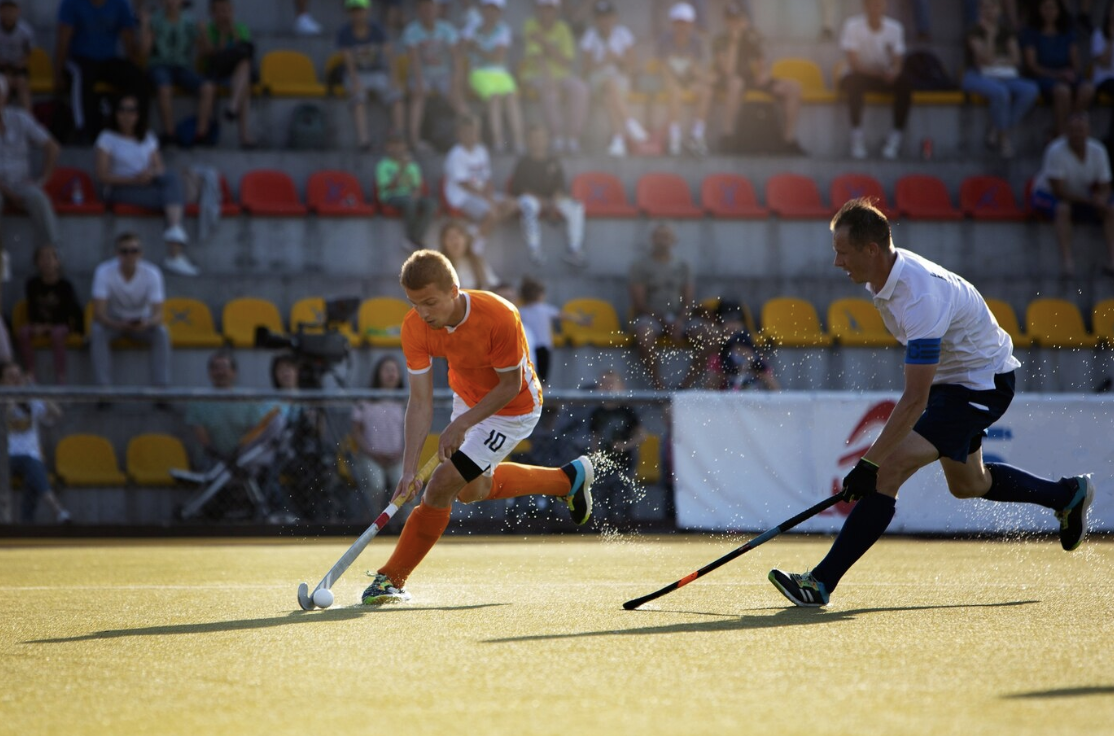The field hockey game has been revolutionised by the ground-breaking use of carbon nanotubes in its equipment. These sophisticated materials are being used to create lighter, stronger hockey sticks, making players perform better and increasing their lifespan. Manufacturers can, therefore, produce equipment that is far better than conventional ones by taking advantage of the unique properties of carbon nanotubes. This article focuses on how carbon nanotechnology is used in the making of field hockey sticks.
An Overview of Carbon Nanotube Technology
Carbon nanotubes have unique characteristics that make them well-suited for use in sports gear. With this property, they tend to be stronger and weigh less compared to normal materials. Besides, they are very durable, given that sports are often hard on equipment like this. Essentially, these attributes allow for the production of materials which can boost performance and last longer.
The inclusion of carbon nanotubes in hockey stick design shows an application of cutting-edge technological advancements into traditional sporting gear, hence giving athletes improved gadgets during play. Just as this technology enhances gear, similarly, the MelBet Uganda app allows sports fans to place bets on their favourite athletes with precision and ease, transforming how fans interact with sports betting.
Development of Carbon Nanotube Hockey Sticks
Integration of carbon nanotechnology into field hockey sticks involves several stages:
- Material Selection: Choosing top-quality carbon nanotubes ensures optimum performance.
- Design Innovations: Installing nanotubes into the structure improves strength and flexibility.
- Manufacturing Process: Applying modern manufacturing methods to incorporate homogeneously the CNT into a stick’s matrix.
- Testing and Refinement: Trying out different conditions on the sticks to improve their performance features.
Ultimately, these steps ensure a final product with unmatched toughness, lightness, and durability. By including these nanotubes in their designs, manufacturers can achieve great improvements in player performance with respect to such types since they will be superior compared to other sports devices ever made.

Benefits for Players
First of all, carbon nanotube field hockey sticks have some benefits to the players, and these include better handling, quicker swing speeds, and more control. This makes them better overall players on the field, thus giving them an edge over their opponents.
Enhanced Performance
The lightweight nature as well as superior strength of carbon nanotube sticks is what makes a difference in player performance. These allow for faster swing speeds, hence more force behind shots. Furthermore, these sophisticated products are very precise and controlled, resulting in more accurate passes and shots.
Moreover, these carbon nanotube sticks are highly flexible, which enhances their responsiveness, making it easier for players to make swift movements. With such a combination of velocity, power, and precision, the gameplay has shown notable improvement in terms of performance by helping the players realise their best potential while on the field.
Durability and Longevity
Compared to conventional materials, carbon nanotube hockey sticks are amazingly resilient; that is why they last longer. Even under high-pressure competitions, these sticks withstand abrasion and breakage much better than others do. The inherent integrity of carbon nanotubes means that a stick’s properties will not degrade with time, making frequent replacements unnecessary.
Not only does this save players money, but also ensures consistent performance throughout the lifetime of a stick. Players who buy carbon nanotube sticks have reliable, long-serving equipment that can endure the wear characteristic of this game.
Challenges in Adoption
Several obstacles impede the adoption of carbon nanotube hockey sticks.
- Costs: The production of carbon nanotube sticks requires expensive materials and complex processes, which may translate to high prices for these products that are beyond the reach of most users.
- Market Attitude: There is a likelihood that players and teams who have been using traditional sporting materials may be reluctant to embrace this technology without intensive investigation or proven advantages.
- Regulatory Approval: It can take long before new equipment meets sports regulations and standards.
To achieve successful integration into the sport, these difficulties call for more innovation, training, as well as collaboration between manufacturers, regulatory bodies, and sportsmen.

Future Trends
The future development of carbon nanotubes in sports equipment looks bright. Carbon nanotubes could also be used in other sports like tennis, baseball, and cycling, among others where lightweight gear is needed. However, these advanced material processes drive up their cost.
In addition, putting smart technology in carbon nanotube devices could assist in real-time data feed about performance, further enhancing play and training. There is still much potential for carbon nanotubes to impact sports equipment designs, especially across different fields, considering numerous studies being done in this area.
Carbon Nanotube technology is revolutionising field hockey equipment through lighter but stronger sticks, enhancing player performance levels. Despite difficulties faced when adopting it, however, this technology has huge benefits today and great future possibilities too. Carbon nanotubes are about to penetrate diverse sectors of sport gear, thereby shaping their designs and performances across the disciplines.



